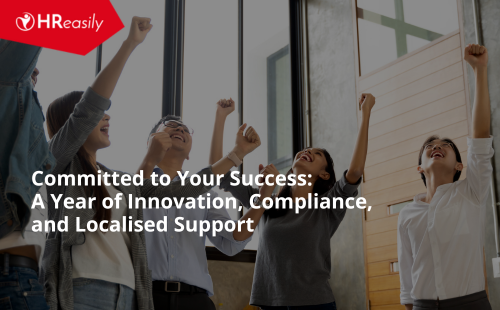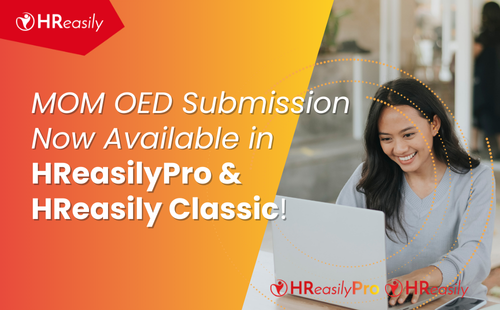By Admin
Source: Leaderonomics

In our earlier article entitled “In Creating A High-Value Anthrophillic Organisation, Start with Culture!”, we shared a new perspective of viewing organisational culture that is naturally transformative.
It is one that works alongside human nature and anthropology to drive change, performance and profitability; which then creates a high value organisation that is desirable, sustainable, viable and in line with changing business and human landscapes (see Figure 1).

In the recent World Economic Forum in Davos, Switzerland, businesses were sharing the onset of the Fourth Industrial Revolution and how this will utilise and harness connectivity between humans and artificial intelligence.
This creates a whole new wave of applications and user utility beyond what we have ever imagined. It also spawns new symbiotic communities, and formulate formal and informal working relationships for value creation. Getting this right is critical to ensuring the success of the 21st century organisation.
Related post:How To Look At The Business From An Anthropological Lens
Navigating and staying ahead
To navigate and steer successfully in this disruptive Fourth Industrial Revolution, five things are necessary, namely:
- building ‘3A’ leaders who are adaptive, aspirational and agile.
- redefining and developing talent in the present and coming change.
- leveraging on technology, trends and taste for value creation.
- promote evidence-based engagement through sound platforms.
- creating an aligned thinking culture for actualisation of the people’s desires, energy and talent.
Characteristics of the 21st century organisation
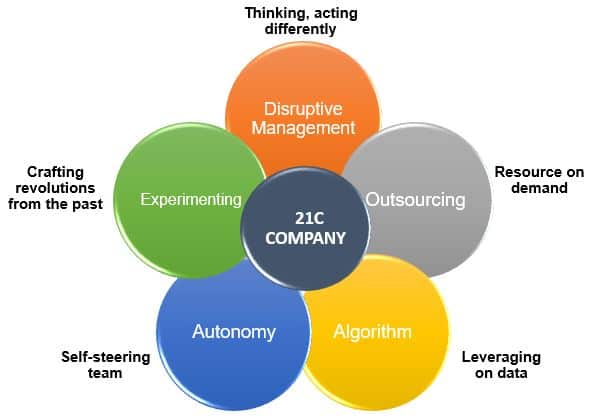
This new anthrophilic organisation (see Figure 2) needs to balance between aspiration ability and actual engagement through the lens of Maslow’s Theory. It provides employees the opportunities to actualise their unmet needs by creating a culture that enables alignment of individual goals to organisational goals, and promoting a healthy balance between cooperation and competition. The challenge is creating the synergy and enabling the balance.
Organisational signs and sins
The lack of such synergy and balance is the source of many organisational sins, causing organisational ineffectiveness. Many such dysfunctional organisational behaviourial sins are never discussed openly but only in the grape wine. This fuels frustrations and hidden agendas that affect morale, creativity, productivity and performance in a “Culture of Silence”, resulting in unresolved issues that manifest as silent protest and subtle sabotage.
This might interest you:Self-Censorship: Why Do Employees Withhold From Speaking Up?
Two recent examples that clearly demonstrate this “Culture of Silence” are observed in the case of Brexit and the unprecedented 2016 United States Presidential election’s results.
In both situations, the outcome was contrary to the popular survey conclusions. One wonders if these conclusions will be different if there was a concerted application of anthropology’s ethnographic principles which entail the need for collaboration, participative observation, leveraging on both humanistic and scientific elements as well as experimentation or prototyping.
Case studies
In another context, if not done effectively, we risk ourselves ending up like Nokia. As commented by its chairman that “we did everything right”, it was done without an anthropological view and all within the boundaries of the old game and out of sync with reality. When an organisation goes into a default ‘unthinking’ mode, it still thinks, but only within its old script. When change occurs, such an organisation loses its relevance and desirability.
Apple, on the other hand, proved otherwise turning itself around and creating sensational success through a single-minded approach of “Creating lifestyle, not gadgets… and bringing people together”.
Food giant with over 100 years of history, Nestle focuses on “more than food, it’s nutrition”. It enables them to achieve long-term success by creating value for its customers and addressing its customer experience on a broader sense.
Therefore, the new “antrophilic” organisation of the 21st century must enable an environment for its corporate citizens to contribute towards addressing social “issues” and make money doing it, and this starts with having the right structure.
Read also:In Creating A High-Value Anthrophillic Organisation, Start With Culture!
Steering and staying ahead
To navigate in the light of the changing landscape, we must reformulate our story, strategy and system to stay ahead using accurate mental and business models that are anthropologically attuned to the trends, taste and technologies of the time.
We need to funnel every facet of the organisation’s culture, leadership, structure, process and talent through the anthro lens to steer ahead.
Such companies become adaptable and agile by design. They design this thinking system into the fabric of the organisation that acts as a cybernetic system programmed to continually see and sense opportunities to stay ahead.
Making the change
To design such an organisation, the culture, leadership, structure, process and talent dimensions must be synchronised to create real value.
Anthropologically speaking, a business ultimately has one sole purpose; i.e. “to create a great user experience” and if everyone is just doing this “one thing”, then all else will fall into place.
When applied through the anthrophillic lens, we can transition from a retro organisation to an anthro one with change reflected in Figure 3.

The starting point
We need to do this by design instead of by default using anthropology and ethnography, starting with understanding the reality. From there, align culture, leadership, structure, process and talent to this reality instead of incorporating generic models of management to drive the change.
A good anthro way is to use design thinking. Design thinking principles have transformed flagellating companies into world class players and made companies like Uber, AirBnB and Tesla almost overnight successes while giving companies like SAP, P&G, Toyota, Google and Apple a head start.
The foundational principles of design thinking are desirability, feasibility and viability which is depicted in Figure 4.
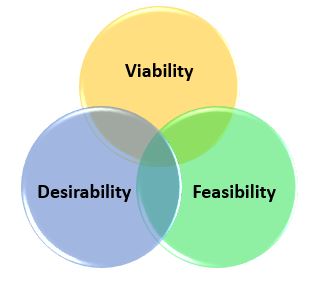
The first step towards desirability is achieving fit between product design and user’s unmet reality – whether apparent or hidden, through ethnography-based discovery as shown in Figure 5.
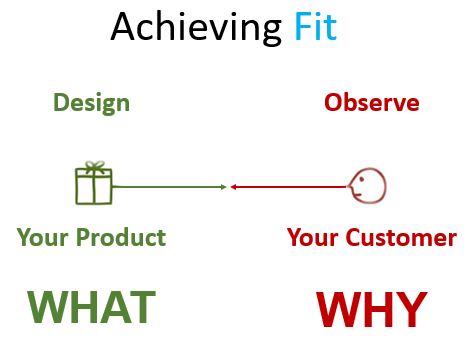
This is done by noticing and observing signals from the user beyond conventional customer research. We then design the “user experience” around these unmet needs. In fact, Steve Jobs once said that “the customers do not know what they want”, which seems like a paradox. One thing to keep in mind is that customers have unconscious needs that need to be discovered.
Then designing of the experience is done at three levels, namely:
- Strategic level: create a meaningful experience.
- Interactive level: create a usable experience.
- Emotional level: create a delightful experience.
Larry Page and Sergey Brin, founders of Google searched thoroughly to solve deep-rooted search engine issues to provide users with a revenue model that enhanced the user experience by offering unobtrusive ads that matched their search. They married solving a major user problem to a great revenue model. The result is a desirable, feasible and viable design.
Reality as it is, not as we think
Although the tools and processes differ, design thinking has common principles at work.
It starts with defining user reality in the way they see, sense and experience their world and finding solutions to their unmet needs to create the desired user experience.
Surprisingly, most companies focus on internal convenience and efficiency versus good user experience. Companies must balance introspection with anthrospection to create desirability for what they offer by incorporating ethnography practices in business and product design.
Conclusion
Reflecting on the chief executive officer’s comments mentioned in our earlier article, imagine the possible impact without the right anthropologically-based structure or framework:
- “Even a monkey can manage that place!”
May be best reflected in a 1920s social experiment by G.R. Stephenson, that has evolved into “5 monkeys and a ladder”, where a common response to challenging questions may be “It’s always been done that way.” - “Fire that manager or your job is on the line!”
Again, may result in organisation behaviours that is risk adverse and a lack of innovation will prevail, much like “a grasshopper in a jar”. - “Actually, I am greatest risk for the company as I have no successors!”
Similarly, may create a comfort zone, not unlike Nokia “we are doing everything right” and much like “frog in the boiling water”.
We will next outline the ingredients to build the right culture where talent will thrive and drive you forward. Addressing the talent transformation viewed from a holistic perspective using our five anthrophillic PEACE (passion, emotional, adversity, curiosity, enlightenment) Quotients and providing the missing link in the total organisational equation.

